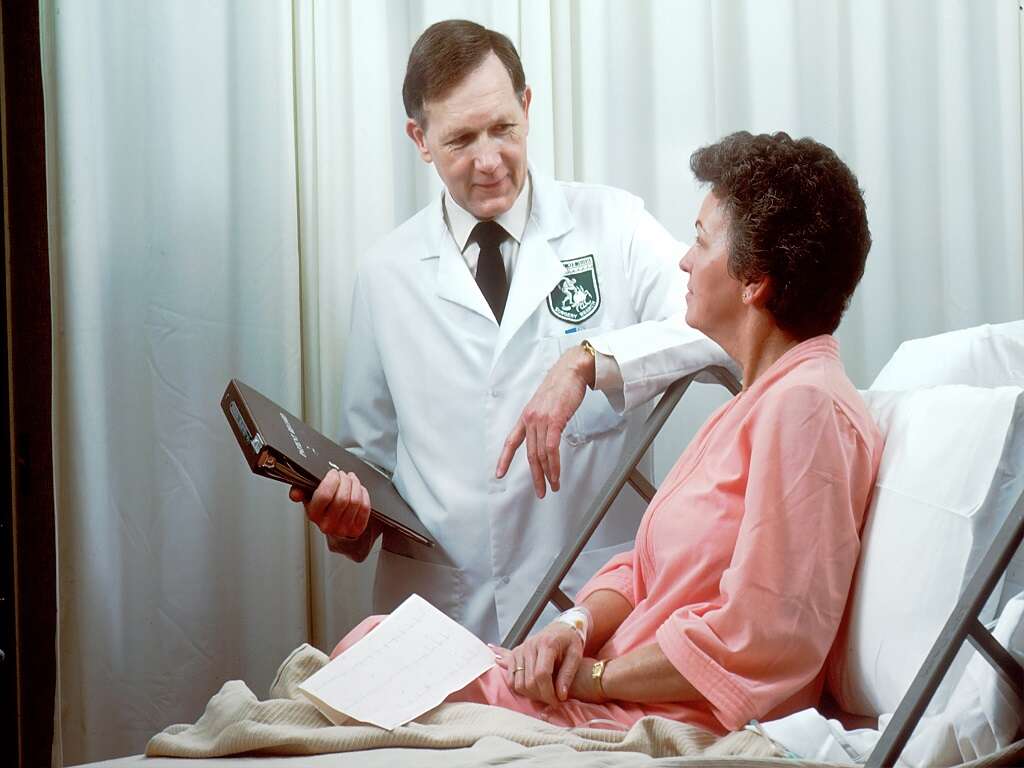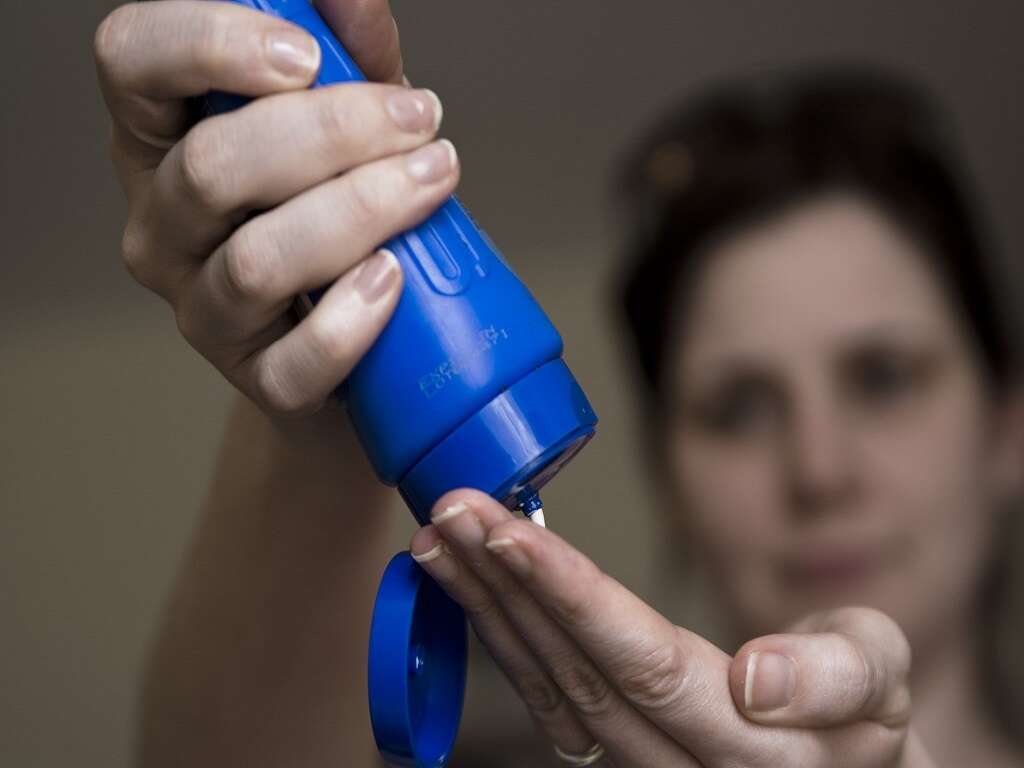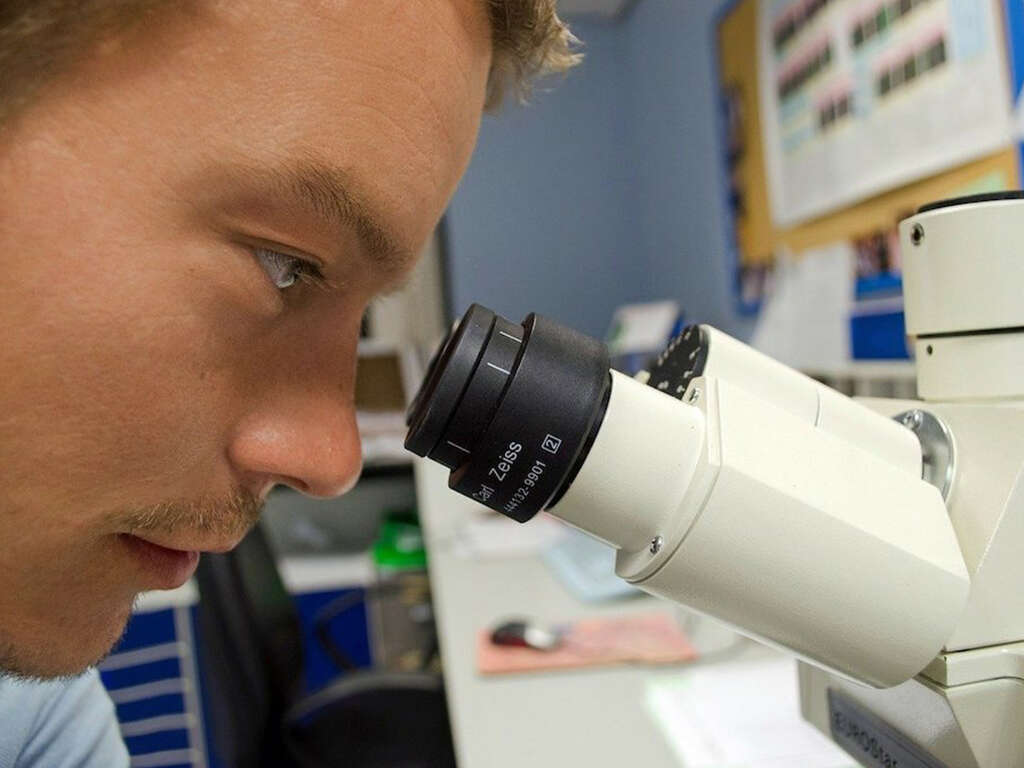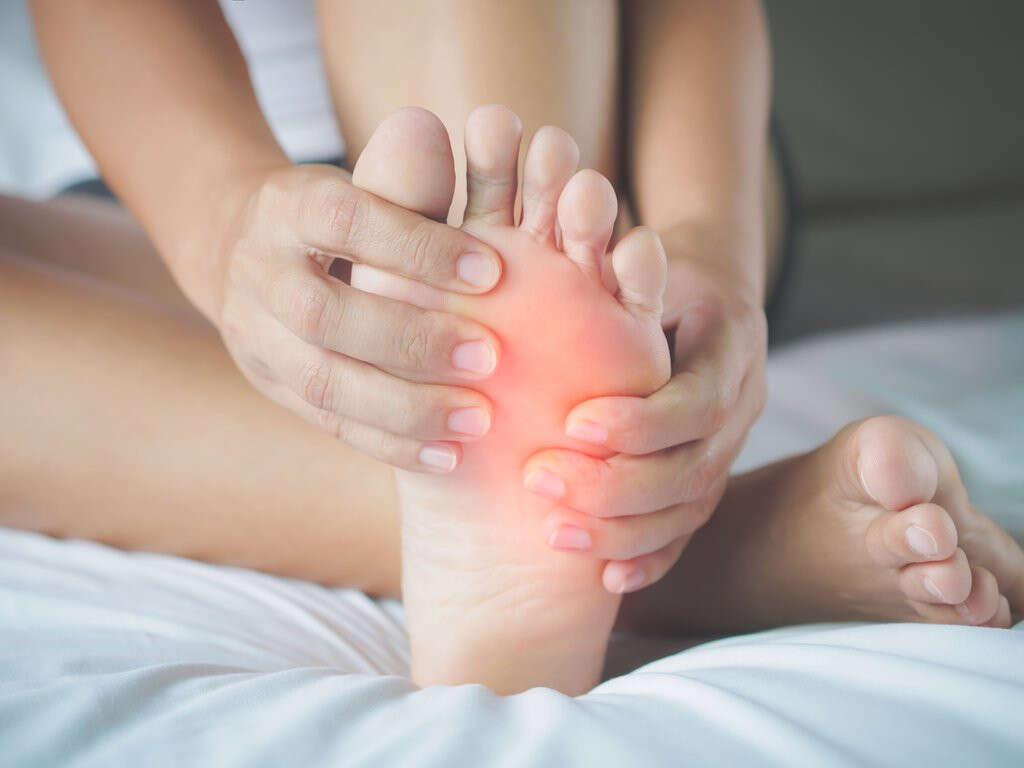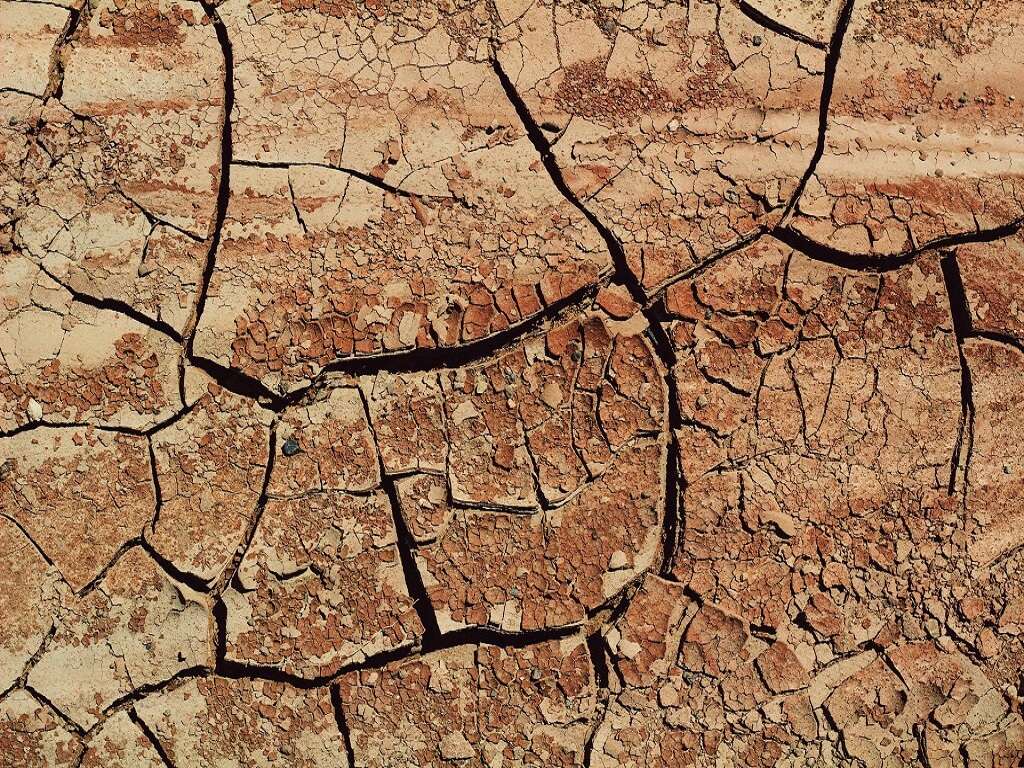10 Frostbite Symptoms
Frostbite is a type of injury which occurs when the skin is exposed to cold environments for a prolonged period of time. The top layer of the skin, as well as the tissues beneath, can freeze, with the fingers, toes, nose, and ears being most commonly affected.
In mild to moderate cases of frostbite the skin recovers completely. However, when the injury is severe, the skin cells undergo necrosis, that is, the tissue dies. There are 4 frostbite stages. The first and the second degree affect only the superficial layer of the skin, while the third and fourth stages pertain to deeper skin layers.
Homeless people, military personnel, winter sports enthusiasts, alcoholics, and those who suffer from a mental illness have a higher risk of becoming frostbite victims. Frostbite diagnosis is based on the observed symptoms, and treatment consists of gradual rewarming of the affected areas.
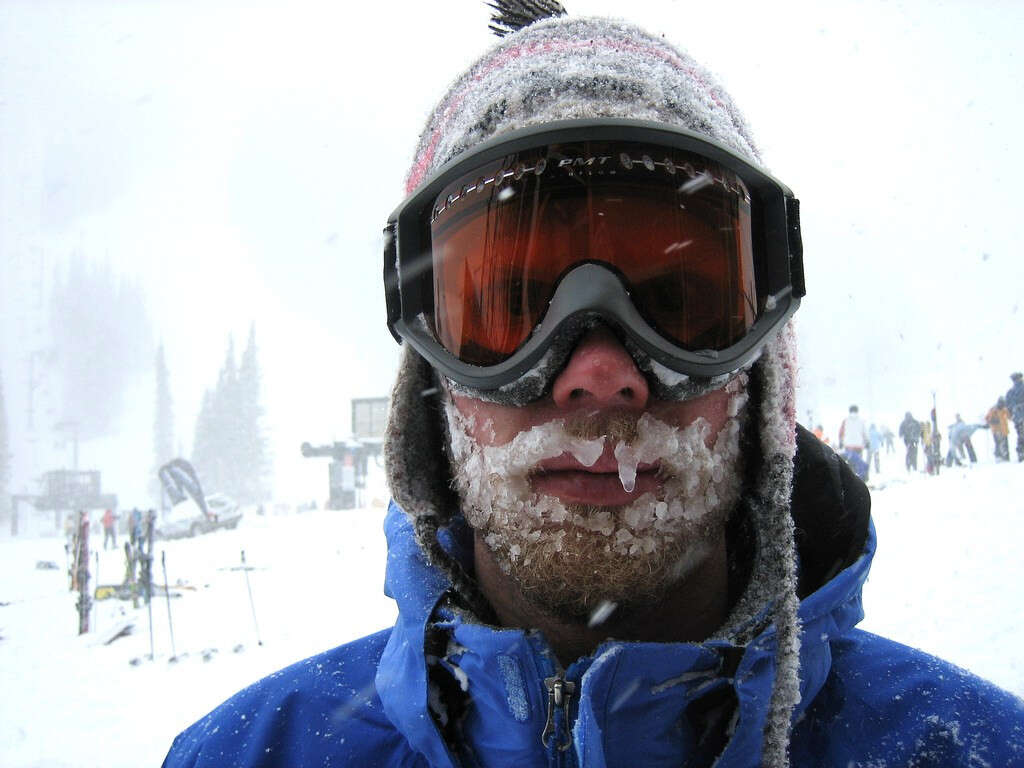
Symptom #1: Cold Skin
As frostbite is an injury due to extended cold exposure, it is understandable that the very first changes will affect the temperature of the skin. The skin becomes very cold and red, and if the cold exposure continues, it will then turn hard and pale.
Exposed parts of the body are more vulnerable to frostbite. However, it is also possible for the covered parts of the skin to be damaged as well.
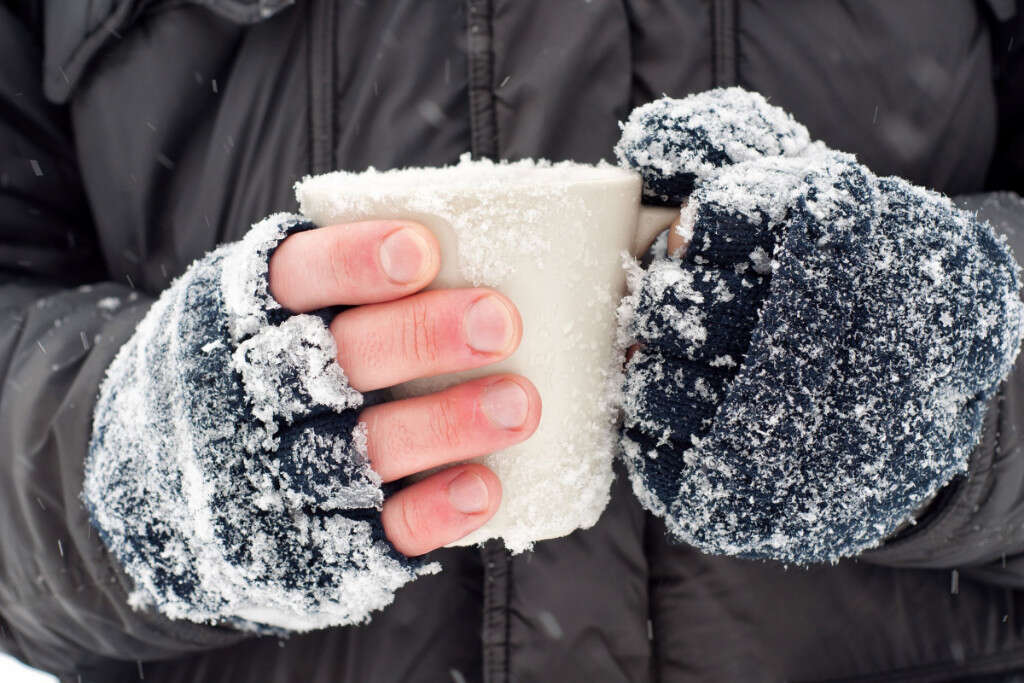
Symptom #2: Skin that Feels Prickly and Numb
One of the earliest and most common symptoms of frostbite is prickly skin that also feels numb. When the skin is exposed to extreme temperatures for a prolonged period of time it starts to freeze and so do the tissues underneath.
If the skin is wet or exposed to severe wind chills, it will start to freeze even if the temperatures are not extremely low. The border line is 23 degrees Fahrenheit, and if temperatures fall below that line the skin begins to freeze. This is the first stage of frostbite (frostnip).
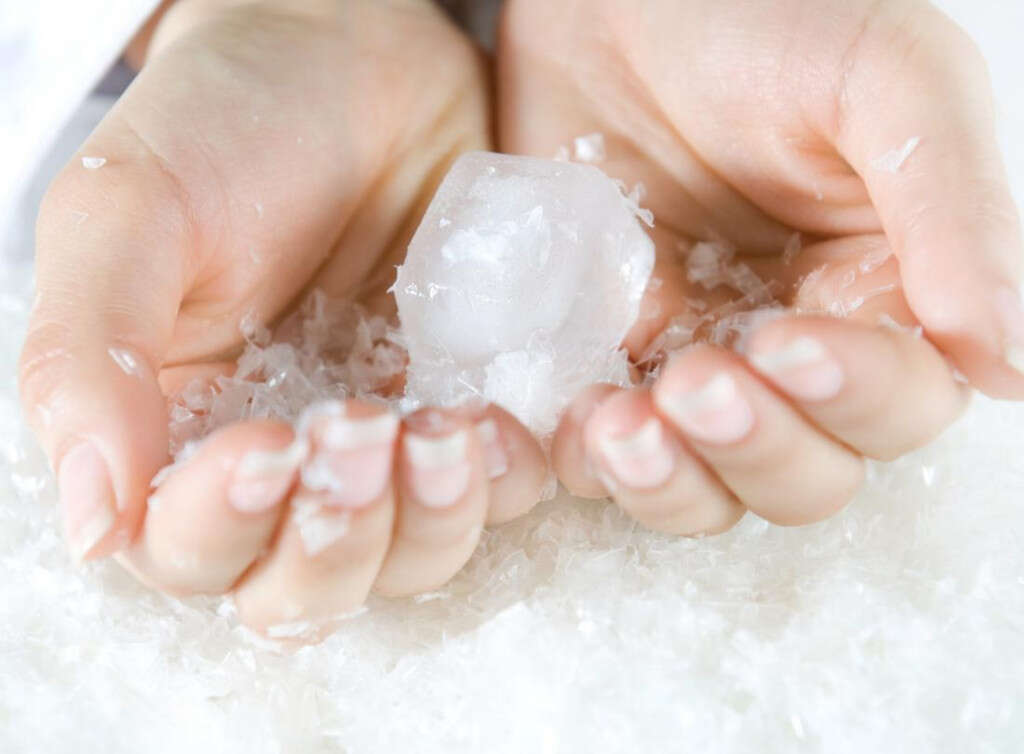
Symptom #3: Skin Discoloration
In cases of frostbite, the skin will first become red. However, if exposure to cold temperatures continues, the skin will turn white, and eventually, it will become bluish, greyish, or yellowish until it finally turns black – the color of dead tissue.
Necrosis of the skin marks severe, irreversible damage to the affected area.
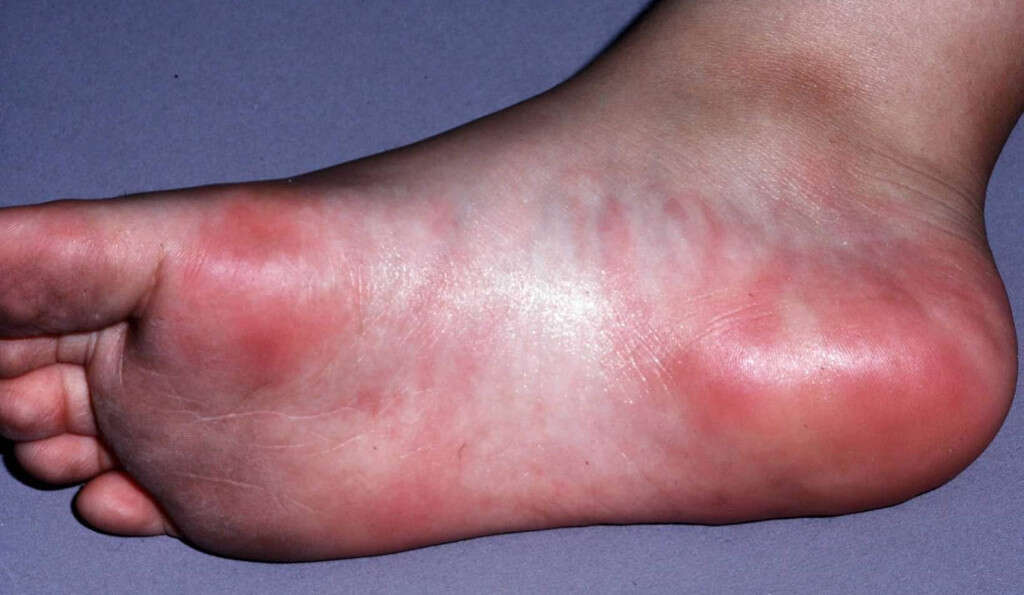
Symptom #4: Pain Around the Exposed Area
The feet, hands, ears, and nose are particularly prone to frostbite due to their location away from the body’s core. A mild exposure to extremely cold temperatures generates pain and skin irritation in the affected area. A greater exposure leads to a burning sensation, numbness, and blistering of the skin, which are all reversible if only the outer skin layer is damaged.
However, if the exposure continues, permanent damage will occur. The pain will become more intense, accompanied by a complete loss of sensation and irreversible damage to all skin layers and the structures underneath, including arteries, muscles, and tendons.

Symptom #5: Skin Blisters
Skin blisters are another sign of frostbite. They usually develop in the later stages and are commonly observed during the rewarming process of frostbite treatment. These fluid-filled bubbles usually appear 24-36 hours after rewarming the body. If they get infected, antibiotic treatment becomes necessary to prevent further complications.
New skin develops after a blister heals, though it may take a while for the skin to heal completely. The recovery period and prognosis are better for superficial frostbites when only the outermost skin layers are affected. The more severe the damage, the poorer the prognosis.
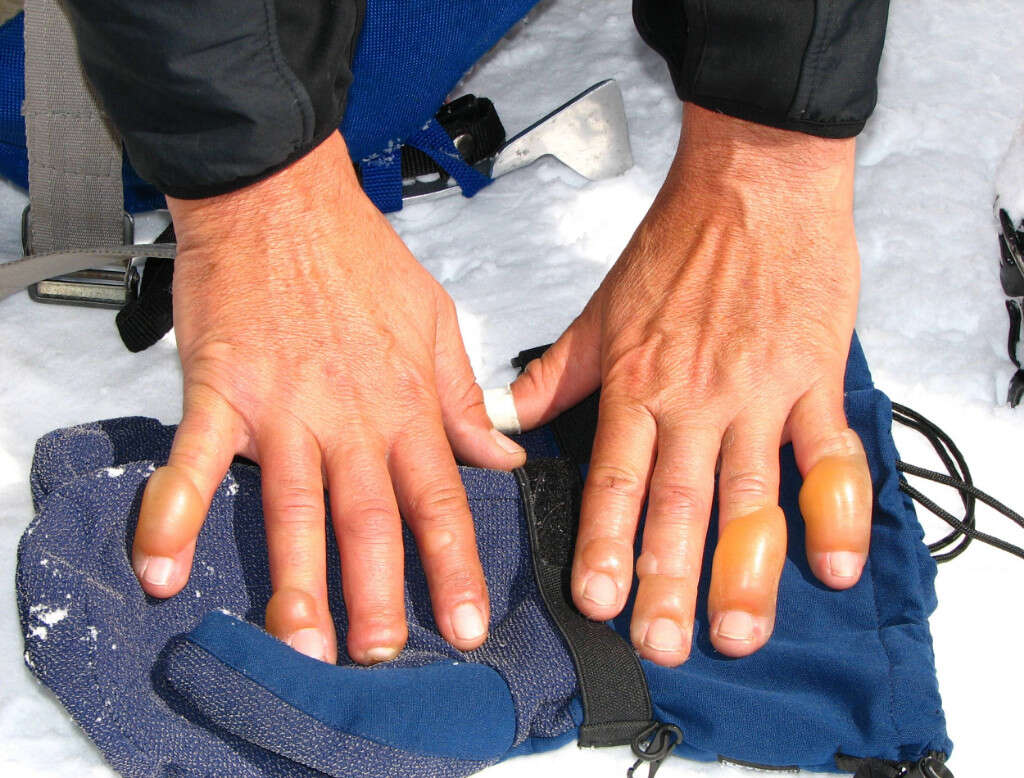
Symptom #6: Stiff Joints and Muscles
Stiff joints and muscles are a symptom of later stage frostbite. In the first stage, frostnip, only superficial and exposed areas are affected. As frostbite progresses, the damage to body tissues rises.
In severe cases of frostbite, even the joints and muscles become stiff and no longer work properly.
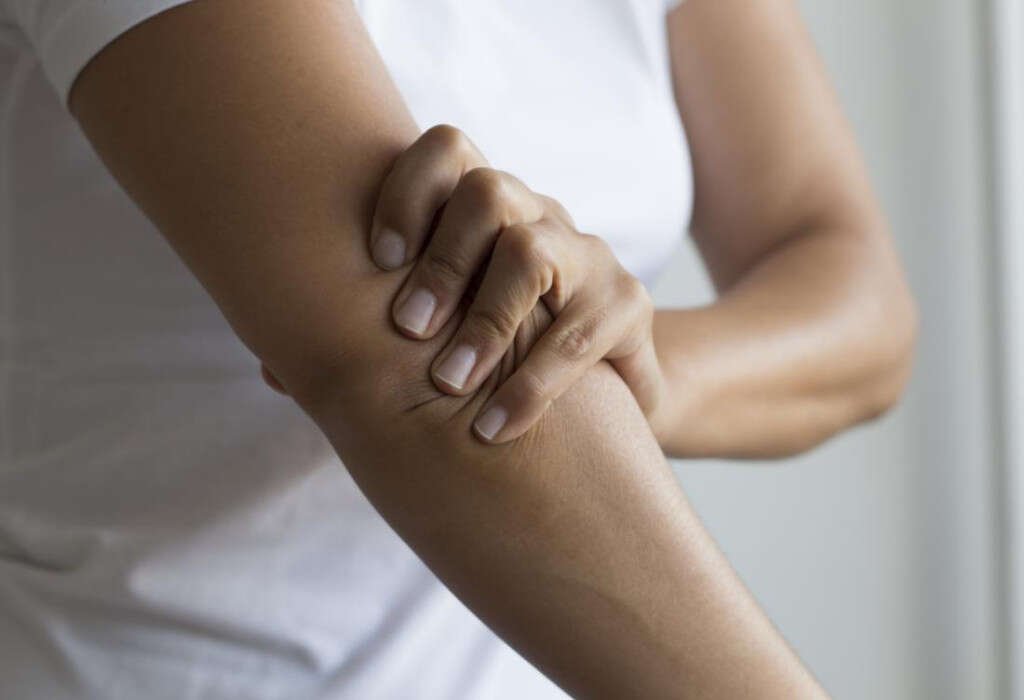
Symptom #7: Swelling
Another common symptom of frostbite is swelling of the affected area. If swelling occurs in the nose, ears, fingers, or toes, or in any other body part due to prolonged exposure to extremely cold temperatures, then this is a sign of damage to the skin tissue.
The tissue beneath the skin surface is yet intact, but proper treatment and rewarming is necessary in order to prevent further damage.

Symptom #8: Hypothermia
Hypothermia is characterized by body temperature below 95 degrees Fahrenheit. One of the causes of hypothermia is frostbite resulting from exposure to extremely cold weather. The longer the exposure period, the lower the body temperature will get.
Treatment of hypothermia needs to be done very carefully and under proper medical supervision, especially in advanced stages of frostbite as the body becomes very fragile. In cases of hypothermia, rewarming should be done very slowly and carefully so that the frozen parts can get un-frozen without causing even more damage. Heat should not be placed directly against the skin.
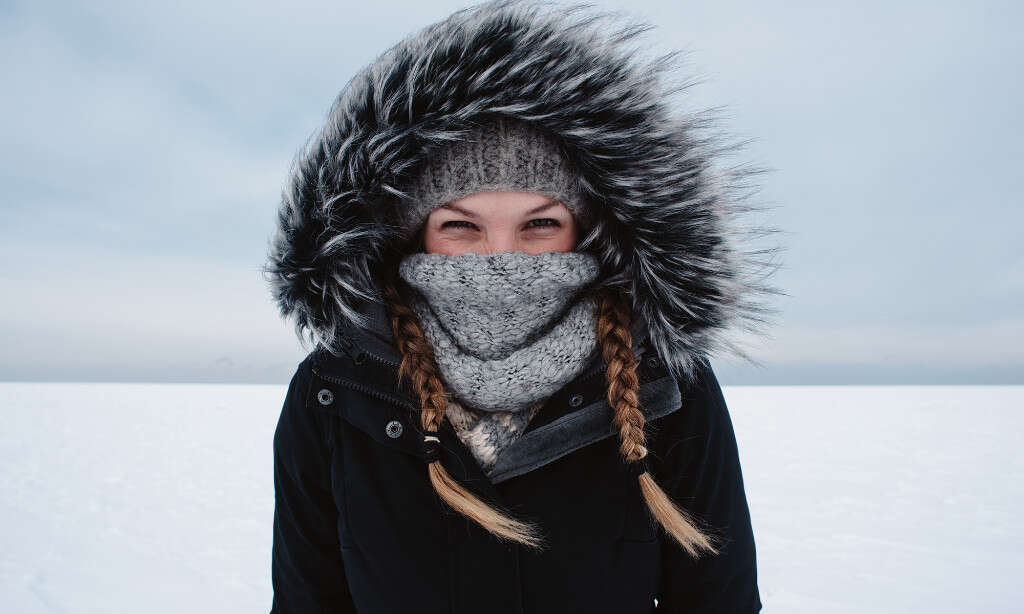
Symptom #9: Dizziness and Lightheadedness
Dizziness and lightheadedness are symptoms of frostbite observed in the advanced stages of the condition. First, they are only a mild annoyance, but as prolonged exposure to extremely cold temperatures continues, dizziness and lightheadedness can become severe.
Additional symptoms include false motion, instability and loss of balance, near or full-on fainting, etc.

Symptom #10: Septicemia
Deep and severe frostbite penetrate below the skin to the tissues underneath, affecting the muscles, tendons, nerves, and eventually, bones. In such cases, irreversible tissue damage will occur, often necessitating amputation of the affected parts of the body – usually the fingers, toes, feet, or even legs.
Septicemia is another symptom of the advanced stages of frostbite. It is a serious bloodstream infection, otherwise known as blood poisoning. Septicemia can quickly become life-threatening as the bloodstream can carry the infection to the entire body.




